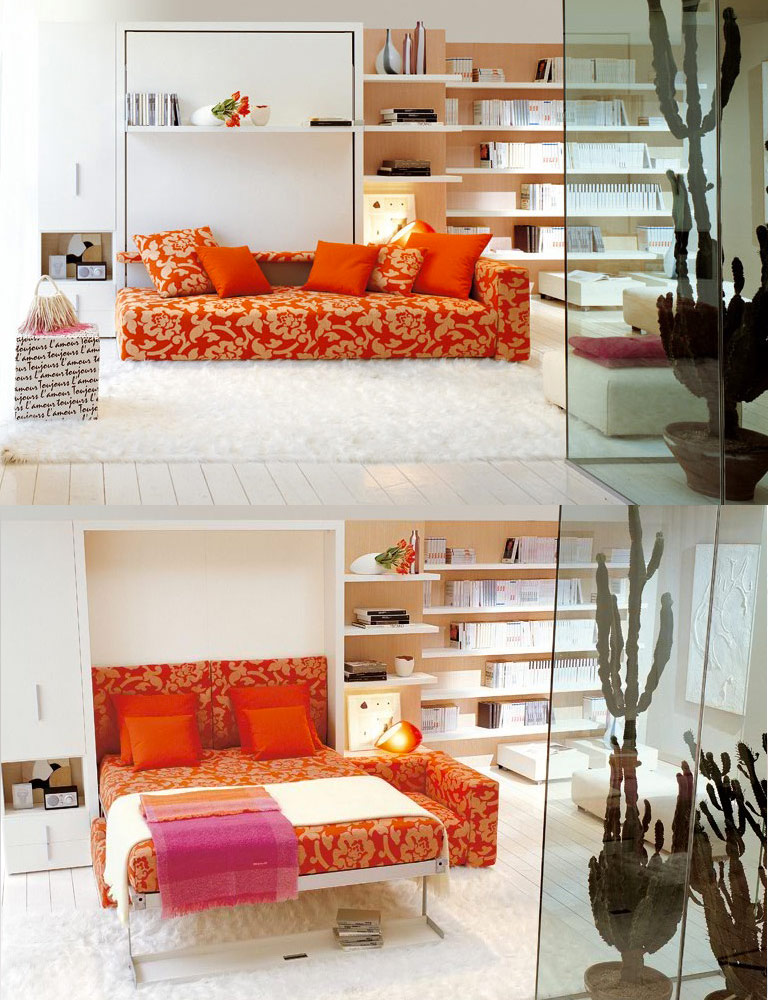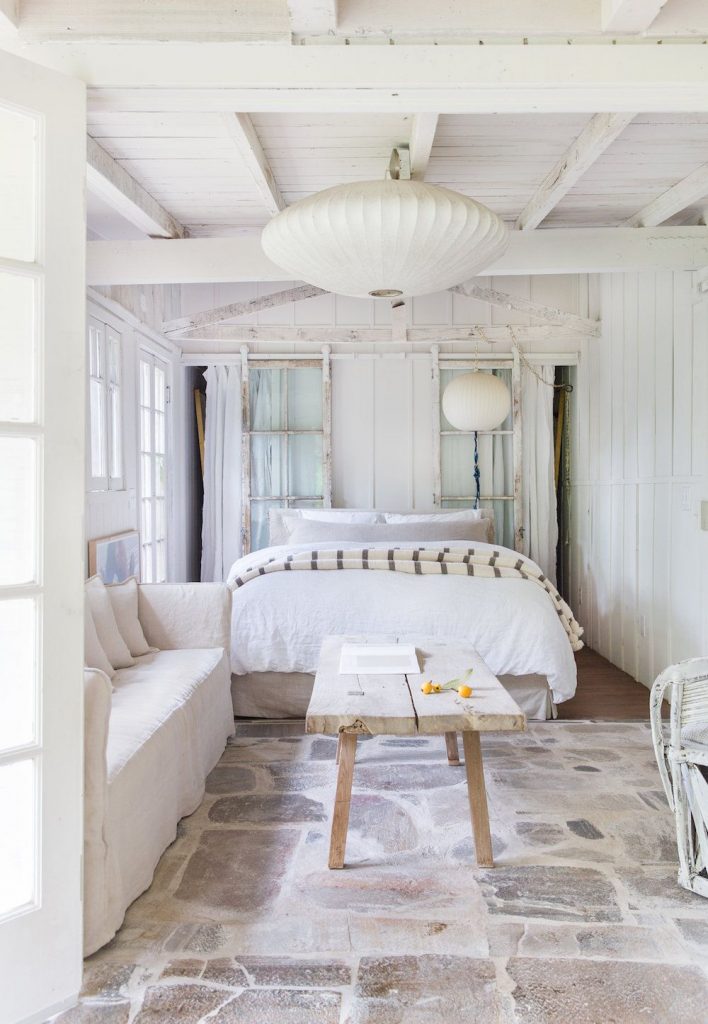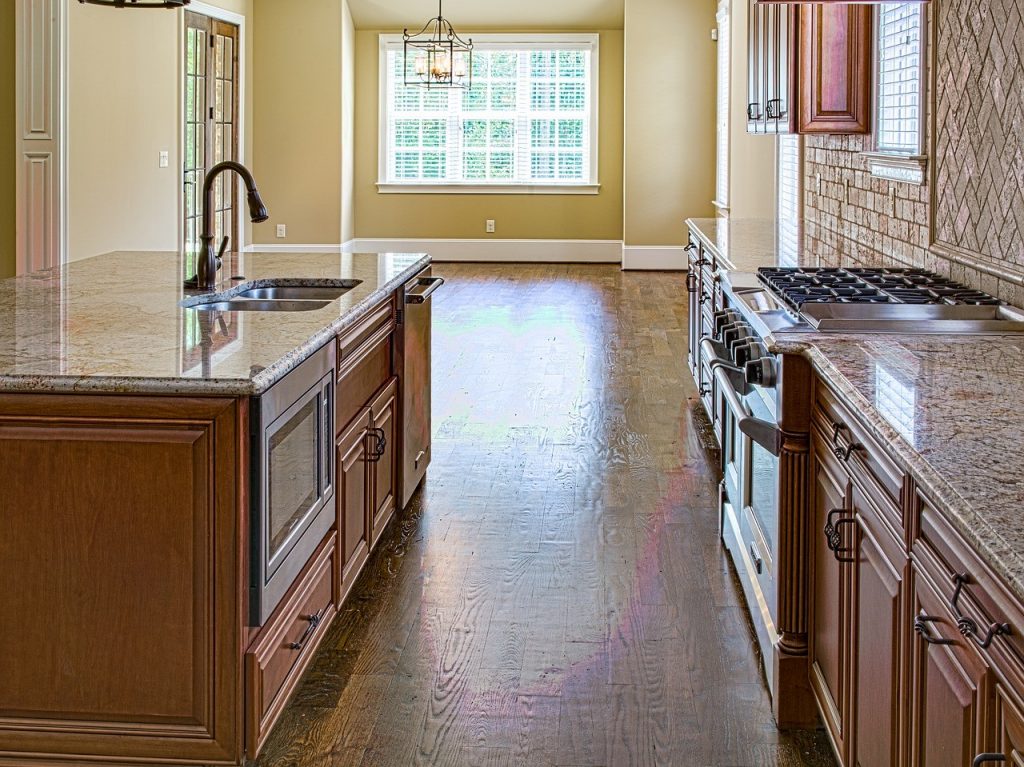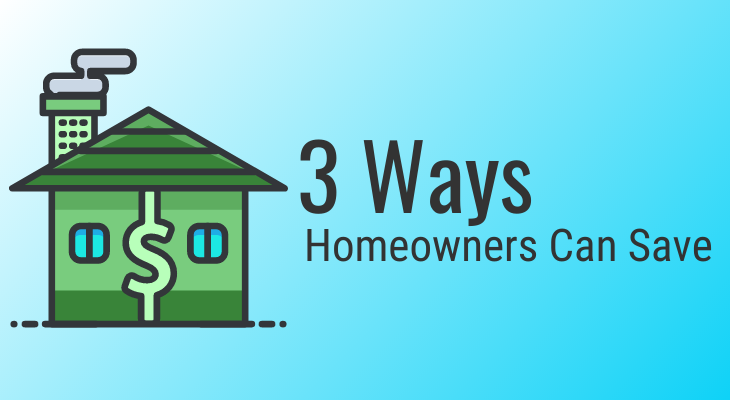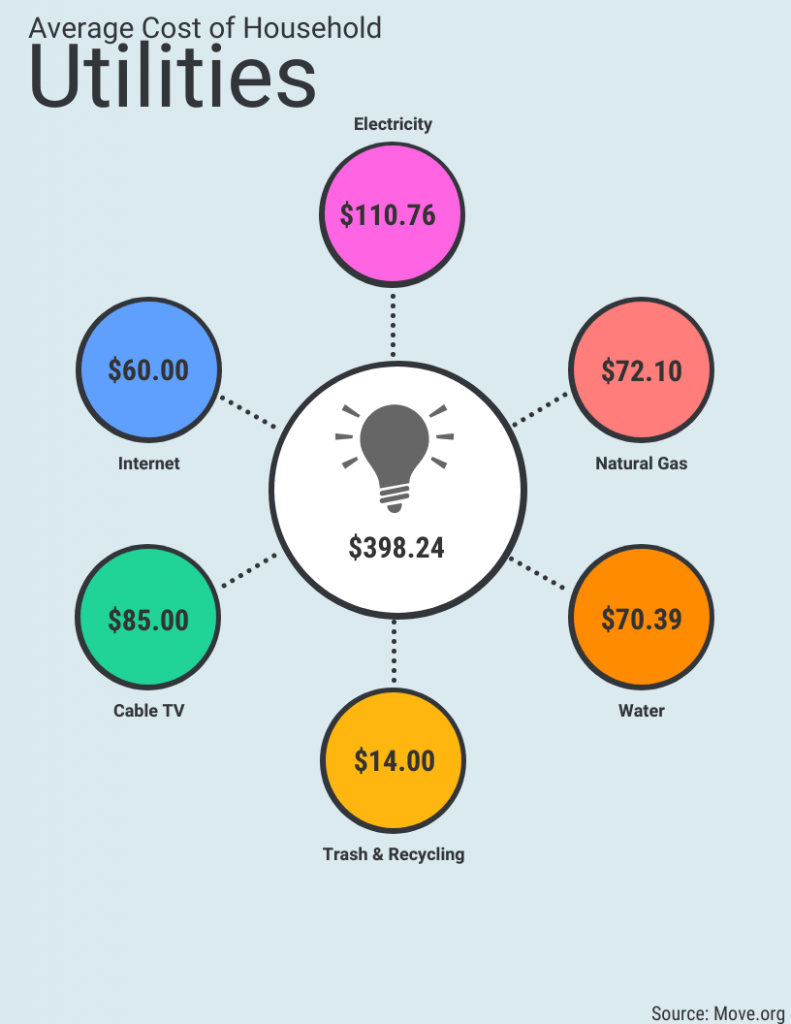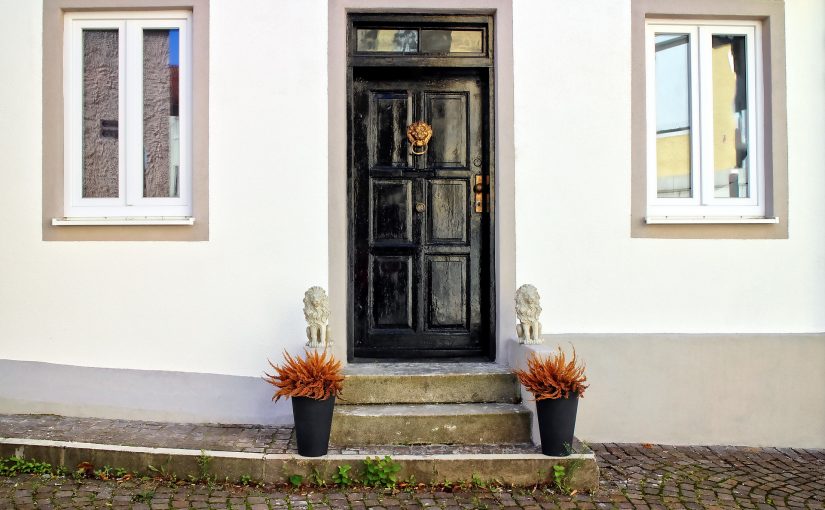It’s not a secret that real estate can yield bigger profits than most businesses, but did you know that you can earn in this market even if you don’t sell a house?
If you have ever experienced having a landlord, there’s a good chance that you have observed how challenging it is for them to field calls from tenants all day about overflowing toilets or giant bugs. But while it may not seem like the most glamorous job, being a real estate investor can be quite lucrative.
Aside from renting out a place, there are plenty of ways that you can get a significant return on investment in real estate. The only problem is that not all investors understand how they can do so, or even know which investments can get them a significant ROI.
If you’re new to the trade, this article is for you. Read on to learn the four best ways to profit by investing in real estate.
1. Buy a rental property
This is probably the most straightforward method of becoming a real estate investor. ‘Investment property’ refers to any commercial or residential property to be rented out to tenants without any additional fixing or flipping.
When you own a rental property, you don’t just get what you paid for, but you also build wealth-generating income. Add to that equity appreciation and the leverage you have with real estate, and you have yourself a solid investment.
Still, it is worth noting that owning a piece of rental property may not be for everyone. When looking for houses or apartments for sale, you have to make sure that you consider your interests, lifestyle, and the potential drawbacks, including:
● Time commitment
Owning a property and renting it out to tenants requires time, even with the help of a property management agency. Make sure that you can accommodate this in your schedule. Otherwise, it would be best to try something else.
● Cost barriers
Another major concern most investors have about a rental property is the cost of buying one. If you’re taking out a loan for it, many lenders require a minimum of 25 percent down payment for an investment property loan. Thus, it would be better to consider undertaking this type of real estate venture if you have reserves worth several months’ expenses.
● Uncertainty of yield
Although many rental properties provide a continuous source of income for many (especially if you pick an apartment in a highly desirable location, like a Business Bay property in Dubai, for example), it isn’t a 100% done deal. Vacancies can happen, and things may break. Although there is great potential in this sort of investment overall, there are considerable short-term risks.
2. Invest in real estate investment trusts (REITs)
Real estate investment trusts or REITs allow investors to put in their money and let it grow without actual, physical real estate.
Although usually compared to mutual funds, REITs are actual commercial real estate properties like retail spaces, office buildings, apartments, and hotels that yield income through leasing. The revenue gathered through these properties is divided amongst the REIT holders – also called ‘trustees’ – in the form of a dividend, which they can automatically reinvest to allow it to grow further.
But while REITs are an excellent way to invest in real estate for people without the time to handle rental properties, they can also be complex and varied. Some of these are traded on an exchange the same way stocks are, but others aren’t publicly traded. This means that the kind of REIT you invest in is a huge factor in how big a risk you’re taking when engaging in this form of real estate investment.
3. Purchase a vacation rental
Vacation rentals are quite different from the rental property mentioned previously. While the latter involves having long-term tenants, vacation rentals are only occupied by tenants on occasion.
One of the perks of having this type of investment property is that you can use it as your second home when it is vacant. It would also be easier to finance vacation rentals compared to long-term rental properties, particularly if your lender considers it your second home as it means you don’t need to use the rental income to qualify for the loan.
Moreover, these properties usually bring in higher rental income per day compared to long-term rentals.
But, like other investment options, vacation rentals also have some disadvantages.
For one, marketing and managing this type of rental property requires more involvement on your part compared to those leased out long term. Because of this, the cost of property management is a bit higher, with many property managers expecting to get paid 25% of the total rent. This is more than twice the 10% standard for long-term rentals.
4. Fix and flip real estate
If you’re a fan of real estate TV shows, then you’re probably familiar with the term ‘fix and flip’ or the act of ‘flipping houses’. Fixing and flipping a property means that you buy a home for the sole purpose of refurbishing it and selling it quickly for a profit.
This particular investment option can be quite a lucrative option in real estate, especially if everything proceeds as planned. After all, what better way to earn some cash than by buying an underpriced home, showing it little love through inexpensive renovation, and reselling it for a higher price?
However, this strategy is a little bit harder to accomplish in reality compared to how they present it on TV. First, it comes with a higher risk as the maths behind flipping properties means you have to be very accurate in your estimated cost of repairs. That alone is a challenge in itself.
Plus, flipping homes is a job that requires not only your attention but a lot of time as well. This means that if you’re a passive investor, you should consider another investment option.
Remember that fix-and-flip investments can be quite daunting, even for the most experienced professionals. In fact, even the people you see doing this on TV require a team of four people or more, with varying expertise in real estate marketing, civil engineering, interior design, and others.
There are also some rules you must know about before deciding to jump into the fix-and-flip bandwagon:
- You make money when you buy, not when you sell. Stick to the 70 percent rule; the acquisition, repair, and holding costs shouldn’t exceed 70 percent of the amount you expect to sell it for.
- Time is equivalent to money in this trade. Dragging your feet during repairs and selling can destroy your profit margins.
Invest wisely in property
Property investment has a high potential of helping you build your wealth. When done right, you can even make it your main source of income.
Still, it would be best not to put all your eggs in one basket. Invest wisely by choosing the right kind of real estate investment among those listed in this article.
Author: Damac Properties



